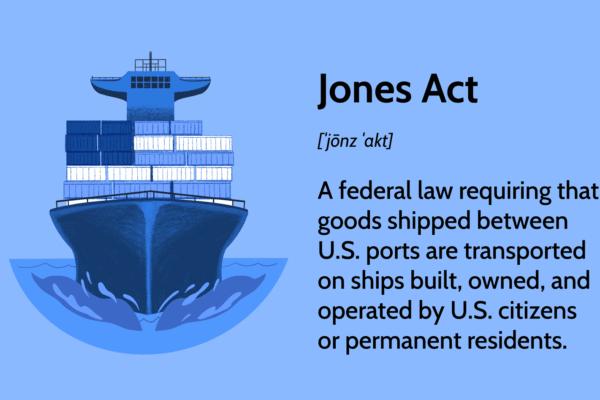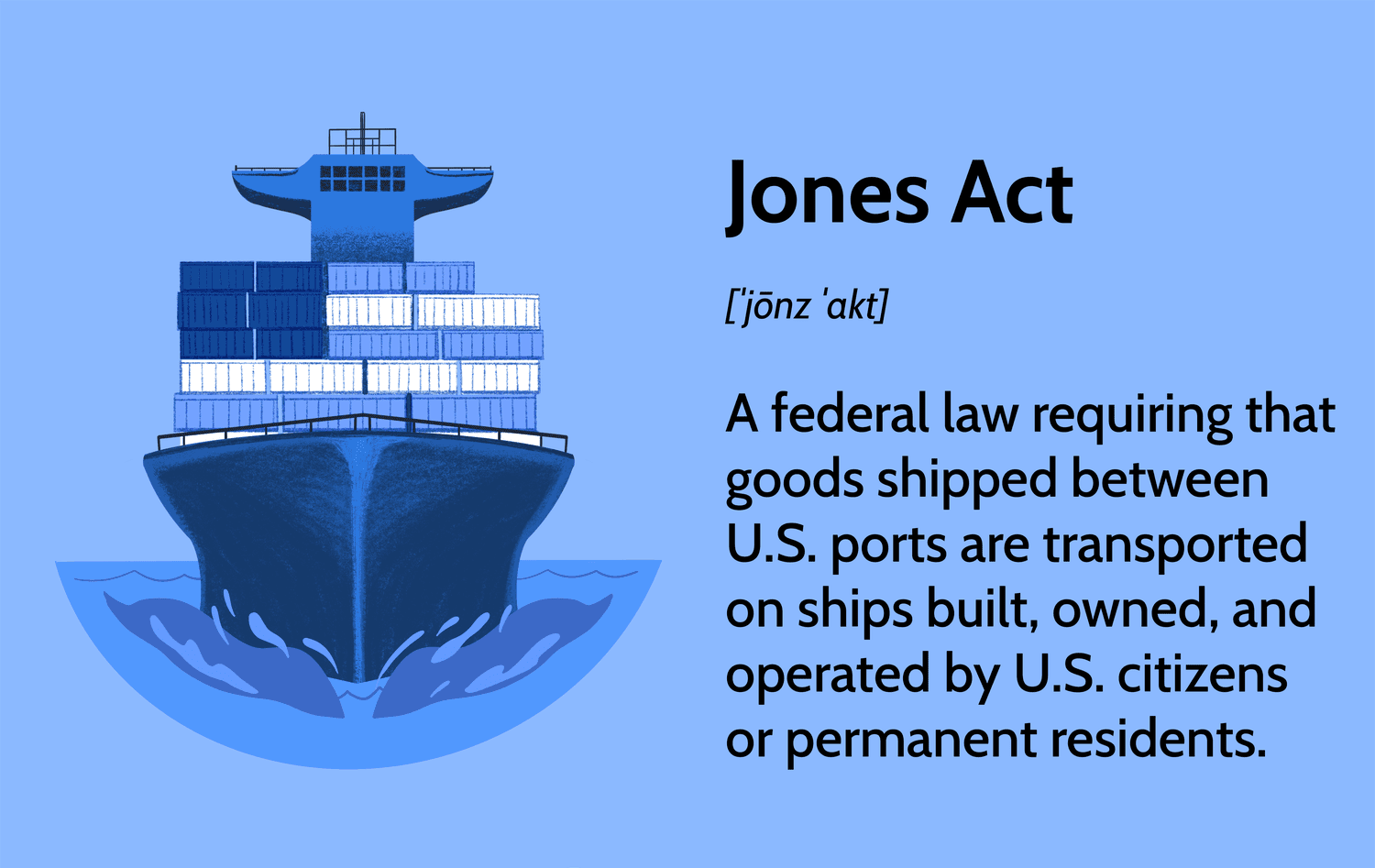
Your Navigator for Justice at Sea: How to File a Jones Act Claim and Get Maximum Compensation
If you are a seaman who has suffered an injury or fallen ill while serving on a vessel, you likely feel overwhelmed, in pain, and perhaps even uncertain about your future. Unlike workers on land, maritime workers are covered by a distinct federal law: the Jones Act. This legislation offers vital protection, allowing injured seamen to seek compensation from an employer whose negligence, however slight, contributed to their injury.
Securing the financial recovery you deserve is a complex process. It requires navigating specific legal waters that an experienced Jones Act Attorney knows intimately. This article will serve as your essential guide, outlining the critical steps for filing a claim and detailing the strategies for pursuing the maximum possible compensation.

Understanding the Foundation: What is the Jones Act?
The Merchant Marine Act of 1920, commonly known as the Jones Act, is a federal statute that grants “seamen” the right to sue their employer for negligence.
Who Qualifies as a “Seaman”?
This is the very first and one of the most crucial questions in any case. To qualify as a seaman, you must meet three key criteria:
- Vessel Connection: You must be working on a “vessel” or a fleet of vessels. This term is broad, covering everything from traditional ships to tugboats, barges, dredges, and certain offshore oil rigs.
- Job Function: Your duties must contribute to the function of the vessel or the accomplishment of its mission.
- Duration: You must spend a significant amount of your work time (generally accepted as at least 30%) aboard the vessel or fleet.
If you meet these requirements, the Jones Act offers a clear legal path not available to land-based workers, allowing you to recover damages far beyond standard workers’ compensation.
The Crucial Standard of Proof: Employer Negligence
To win a Jones Act claim, you must prove that the negligence of your employer, a captain, or a fellow crew member played any part, however slight, in causing your injury. This is sometimes called the “featherweight” burden of proof. It is a lower standard than in typical personal injury cases and is a tremendous advantage for the injured seaman.
Examples of Employer Negligence:
- Failure to provide a safe place to work.
- Failure to maintain and inspect vessel equipment (e.g., rusty ladders, faulty winches).
- Failure to properly train crew members.
- Allowing a hostile or unsafe working environment.
- Negligence of a fellow crew member or supervisor.
Step-by-Step: How to File a Jones Act Claim
The moments immediately following a maritime injury are chaotic, but your actions during this time are critical to the success of your future claim.
1. Prioritize Safety and Seek Medical Attention Immediately
Your health is paramount. Do not attempt to “tough it out.” Seek professional medical care immediately.
- Report the Injury: Tell your supervisor, captain, or employer about the injury as soon as possible. Document this report—if you can, send a text or email as a follow-up. Federal law generally requires reporting within seven days.
- Insist on an Accident Report: Make sure a formal company accident report is filled out. If your employer provides you with a form, review it carefully. It’s often best to consult with a Jones Act Attorney before signing any documents provided by the company or its insurance adjusters.
- Be Clear with Medical Providers: When you see a doctor, clearly state that your injury occurred while working on a vessel. Ensure your medical records accurately reflect the cause of your injury.
2. Preserve Evidence and Document Everything
A successful claim is built on an ironclad foundation of evidence.
| Type of Evidence | What to Document | Why it Matters |
| Accident Scene | Photos/videos of the hazard (spill, broken equipment, poor lighting) and the surrounding area. | Direct visual proof of negligence or unseaworthiness. |
| Injuries | Photos of your visible injuries (bruises, cuts, swelling). | Documents the severity of your physical trauma. |
| Witnesses | Full names, contact information, and a brief account of what they saw. | Corroborates your version of events and establishes employer liability. |
| Personal Log | A daily journal noting pain levels, limitations, missed workdays, doctor visits, and emotional distress. | Provides a compelling, chronological record of the impact on your life. |
Export to Sheets

3. Contact a Specialized Jones Act Attorney
This is, arguably, the most vital step. The maritime industry and its insurance carriers are sophisticated and will immediately begin working to minimize your claim. You need an advocate who understands the nuances of admiralty law.
Don’t Delay: The Statute of Limitations!
The Jones Act has a strict statute of limitations of three (3) years from the date of the injury. If you miss this deadline, you forfeit your right to pursue compensation. An experienced Jones Act Attorney must be hired quickly to begin the complex investigation, evidence collection, and filing process long before the deadline looms.
Navigating Compensation: Two Paths to Recovery
The Jones Act allows you to recover more than just basic medical expenses. Your claim typically involves two distinct categories of benefits: Maintenance and Cure and Negligence Damages.
1. Maintenance and Cure (No-Fault Benefits)
Under general maritime law, all seamen are entitled to these benefits, regardless of who was at fault for the injury. These are temporary benefits paid until you reach Maximum Medical Improvement (MMI).
- Maintenance: A daily stipend to cover basic living expenses (food, shelter, utilities) while you are recuperating ashore.
- Cure: Payment for all necessary medical expenses until you reach MMI. This includes doctor’s visits, surgery, hospitalization, and medication.
2. Negligence Damages (Maximum Compensation)
If your injury was caused even in part by employer negligence, you can pursue additional damages designed to make you financially whole. A skilled Jones Act Attorney will meticulously calculate and fight for the full value of these losses.
Maximum Compensation=Lost Wages+Medical Costs+Pain & Suffering
Here is a breakdown of the recoverable damages:
Recoverable Damages Under the Jones Act
| Category of Damages | What is Included | Focus for Maximum Compensation |
| Lost Wages and Earning Capacity | Wages already lost, as well as future income and benefits you would have earned for the rest of your career. | Work with vocational and economic experts to project future losses, especially if the injury results in permanent disability. |
| Medical Expenses | All past and future medical care, rehabilitation, physical therapy, and assistive devices not covered by “Cure.” | Meticulously document the projected cost of long-term care, including potential future surgeries or in-home assistance. |
| Pain and Suffering | Physical pain, mental anguish, emotional distress, and loss of enjoyment of life resulting from the injury. | Build a compelling narrative using medical records, personal journals, and witness testimony to illustrate the full impact on your quality of life. |
Export to Sheets
The Role of Your Jones Act Attorney
Do not attempt to negotiate with the employer’s insurance company on your own. Their primary goal is to settle your case for the least amount of money possible.
A dedicated Jones Act Attorney acts as your shield and sword, providing services that are indispensable to achieving maximum compensation:
What Your Attorney Does
- Immediate Investigation: Secures evidence, logs, and maintenance records before they “disappear.”
- Expert Consultation: Hires medical, vocational, and economic experts to accurately calculate the full lifetime value of your losses.
- Negotiation: Engages in aggressive settlement negotiations, armed with compelling evidence of negligence and damages.
- Litigation: If a fair settlement is not offered, they are prepared to file a lawsuit and take your case to a state or federal court jury.
By working closely with an experienced legal team, you ensure that every aspect of your case is handled, allowing you to focus on your recovery while your Jones Act Attorney fights tirelessly to secure the justice and financial future you deserve.

Conclusion: Don’t Sail Alone in Legal Waters
The period following a maritime injury is difficult, marked by physical pain, lost wages, and profound uncertainty. The Jones Act is a powerful federal law that exists specifically to protect seamen in these circumstances, providing a path to recovery that extends far beyond basic maintenance and cure benefits.
However, the legal process is complex, and your employer’s goal is to minimize their financial liability. To effectively prove negligence—even under the “featherweight” standard—and to accurately calculate the full, lifetime value of your damages, you simply cannot navigate the claim alone. Consulting a specialized Jones Act Attorney as soon as possible is the single most important action you can take. They will serve as your navigator, protecting your rights against powerful maritime companies and ensuring you receive the maximum compensation you deserve so you can focus on healing and rebuilding your life.
FAQs: Quick Answers from a Jones Act Attorney
Maritime law often raises unique questions. Here are clear answers to some of the most common inquiries injured seamen have about their rights and claims.
Q: What is the difference between Maintenance and Cure and a Jones Act claim?
A: This is a crucial distinction:
- Maintenance and Cure are no-fault benefits. Your employer must pay your daily living expenses (Maintenance) and medical costs (Cure) until you reach Maximum Medical Improvement (MMI), regardless of who was at fault for the injury.
- A Jones Act claim is a fault-based lawsuit. It allows you to recover additional damages like lost future wages, pain and suffering, and other long-term losses, but only if you prove your employer’s negligence contributed to the injury.
Q: Can I file a Jones Act claim if I was partially at fault for the accident?
A: Yes. Unlike many land-based personal injury laws, the Jones Act follows a rule called “pure comparative negligence” or “pure comparative fault.” This means that even if you were partially to blame for your injury, you can still recover damages. Your total compensation will simply be reduced by your percentage of fault. For example, if your damages are valued at $500,000 and you are found to be 20% at fault, you can still recover $400,000.
Q: Does the Jones Act cover me if I was injured while onshore?
A: Generally, yes, as long as you were injured in the service of the vessel. This means if you were carrying out an assigned duty for the vessel (e.g., loading supplies, performing maintenance, or traveling between the vessel and a company office) when the injury occurred, you are likely still covered under the Act. Your seaman status is defined by your connection to the vessel, not your physical location at the moment of injury.
Q: Can my employer fire me for filing a Jones Act claim?
A: No. It is illegal for an employer to retaliate against a seaman for filing a legitimate injury claim or lawsuit under the Jones Act. This is known as retaliatory discharge, and an employer who attempts it can face significant additional penalties.
Q: What is the “unseaworthiness” claim I hear about?
A: Unseaworthiness is a separate claim often filed alongside a Jones Act negligence claim. It asserts that the vessel itself, or its equipment, crew, or procedures, was not reasonably fit for its intended purpose and that this condition caused your injury. This is a strict liability claim, meaning you only have to prove the vessel was unseaworthy, not that the employer was negligent in creating that condition. Examples include broken equipment, an inadequate crew size, or a lack of proper safety gear.
Q: How long will it take to get my full compensation?
A: Maintenance and Cure payments (for medical expenses and daily living) should begin relatively quickly. However, the final compensation for negligence damages—including lost future wages and pain and suffering—is paid out upon the settlement of your case or after a trial verdict. Jones Act claims often take anywhere from one to three years to fully resolve, depending on the complexity of the injury, the evidence, and whether the case proceeds to a lawsuit. A seasoned Jones Act Attorney will work to expedite the process while maximizing the final recovery amount.
Moheen iftikhar









